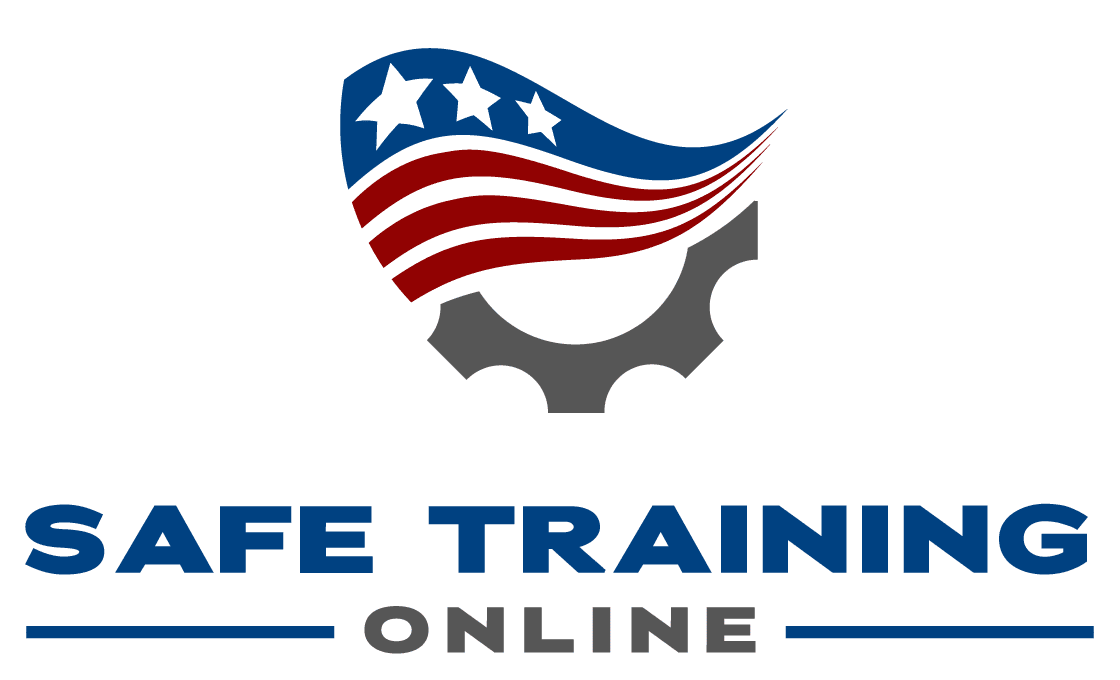Traffic Control Persons or Flaggers in Construction Zones
Traffic Control Persons or Flaggers provide temporary traffic control in construction zones and must wear high visibility clothing with a background of fluorescent orange-red or yellow-green and retroreflective material of orange, yellow, white, silver, or yellow-green. In the areas of controlled traffic movement, this personal protective equipment (PPE) clothing will make the worker visible from at least 1,000 feet, so that the worker can be seen from multiple directions and make the Traffic Control Person or Flagger stand out from the surrounding background. You must always check the labels or packaging to ensure that the garments are performance class 2 or 3. Drivers must be warned in advance with signage that there will be a Traffic Control Person or Flagger ahead. Flaggers must use STOP/SLOW paddles, paddles with lights, or flags (flags should be used only in emergencies.) The STOP sign should be octagonal with a red background and white letters and border. The SLOW sign is the same shape, with an orange background and black letters and a border.
Click here for OSHA’s Highway Work Zones and Signs, Signals, and Barricades
Click here for OSHA’s Work Zone Traffic Safety
Click here for Traffic Control Person online training course
Traffic Control Persons or Flaggers must be trained or certified and use the appropriate signaling methods required by the authority in charge. Workers on foot, equipment operators, and drivers in internal work zones need to know the routes that construction vehicles will use. Equipment operators and signal persons need to know the hand signals used on the worksite. Operators and workers on foot need to know the visibility limits and the “blind spots” for each vehicle on site. Workers on foot should wear high visibility safety garments designated as class 1, 2, or 3. Workers should be made aware of the ways in which shiftwork and nightwork may affect their performance.
There must be a Traffic Control Plan for the movement of vehicles in areas where there are also workers conducting other tasks. Drivers, workers on foot, and pedestrians must be able to see and understand the routes they are to follow. The Authority in charge, Federal, State, or local, will determine the configuration of the temporary traffic control zone for motorists and pedestrians. The construction project manager will determine the internal traffic control plan within the construction/demolition worksite. When there are several projects, coordinated vehicle routes and communication between contractors will reduce vehicular struck-by incidents.
Understanding the Role of Traffic Control Flaggers in Construction Zones
Construction zones call for traffic control flags to guarantee the safety of drivers and workers. In the building, a flagger controls road closures, guides vehicles over work zones, and directs traffic. Their job is to keep smooth traffic flow and warn vehicles of hazards, therefore helping to prevent accidents.
Flaggers use clear, OSHA-compliant traffic safety signs to communicate effectively with drivers, ensuring everyone stays safe. Flaggers are essential in lowering traffic risks whether they stop, slow down, or guide vehicles across building sites.
We can help you whether your team requires training or you want to be a certified traffic control flagger.
Get in touch today to ensure your construction zone is managed safely and efficiently!
